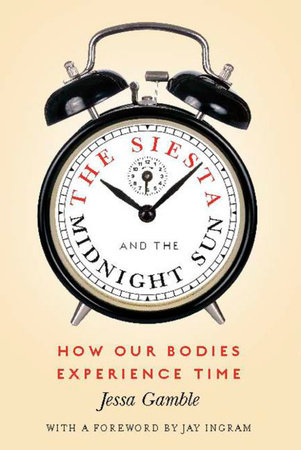The Siesta and the Midnight Sun
How Our Bodies Experience Time

When a retiring worker is given a gold watch, Jessa Gamble observes, she symbolically gets back the freedom to keep her own hours. There were no mechanical timepieces before the industrial revolution. The day’s activities were dictated by the spinning Earth’s circuit around the Sun and by the seasons. Because people adjusted their lives to these natural rhythms, they may have experienced less stress than their modern counterparts. They almost certainly enjoyed more sleep. In The Siesta and the Midnight Sun, award-winning science writer Jessa Gamble explores the continuing significance of the biological clocks that governed our lives before modern technology annihilated the night. She describes experiments that show both rats and people adhere to a 24-hour schedule even when…